
A new study published in Diabetologia has found a strong link between the early onset of type 2 diabetes (T2D) and increased dementia risk in later life. While prediabetes itself was not associated with a significant increase in dementia risk, the progression from prediabetes to T2D, particularly at a younger age, dramatically increased the chances of developing dementia, emphasizing the importance of preventing or delaying the onset of T2D to reduce future dementia cases.
Halting the transition from a prediabetic condition to a confirmed diagnosis of type 2 diabetes would result in a significant decrease in the number of dementia cases in the future.
A study recently released in Diabetologia, the journal of the European Association for the Study of Diabetes, has demonstrated a link between type 2 diabetes (T2D) and an increased risk of dementia as individuals age. The findings suggest that those who develop T2D at a younger age are at a higher risk of dementia in later years. The study was conducted by Ph.D. student Jiaqi Hu, Professor Elizabeth Selvin from the Johns Hopkins Bloomberg School of Public Health, Baltimore, MD, USA, and their team.
The team of researchers delved into the correlation between prediabetes and dementia. Prediabetes is a preliminary stage characterized by elevated blood sugar levels that haven’t yet reached the levels indicative of T2D. While prediabetes places individuals at a high risk of transitioning into full-blown diabetes, it is also independently connected with various other clinical outcomes. The majority of people diagnosed with T2D usually experience this prediabetic ‘window’ phase first.
The risk of progression to T2D among people with prediabetes is substantial; among middle-aged adults with prediabetes, 5–10% per year go on to develop T2D, with a total of 70% of those with prediabetes progressing to T2D during their lifetime. In the USA, up to 96 million adults have prediabetes, accounting for 38% of the adult population.
To understand the risks of dementia associated with prediabetes, the authors analyzed data from participants of the Atherosclerosis Risk in Communities (ARIC) study. Those enrolled were aged 45–64 years in 1987–1989 and from four US counties: Forsyth County, North Carolina; Jackson, Mississippi; suburbs of Minneapolis, Minnesota; and Washington County, Maryland. The baseline period for the analysis was visit 2 of the study (1990–1992), which was the first time where HbA1c (glycated haemoglobin – a measure of blood sugar control) and cognitive function were measured in this study.
The cognitive function assessments incorporated data from a scoring system involving three cognitive tests, administered at visits 2 (1990–1992) and 4 (1996–1998), the expanded neuropsychological ten-test collection, administered from visit 5 (2011–2013) onwards, and informant interview (Clinical Dementia Rating [CDR] scale and the Functional Activities Questionnaire [FAQ]). The Mini-Mental State Examination (MMSE) was also administered. Participants were followed up until 2019.
The authors defined prediabetes as glycated hemoglobin (HbA1c – a measure of blood sugar control) of 39–46 mmol/mol (5.7–6.4%). They also looked at subsequent diagnoses of T2D during follow-up.
The authors evaluated the association of prediabetes with dementia risk before and after accounting for the subsequent development of T2D among ARIC participants with prediabetes at baseline. This was done to understand how much of the association of prediabetes with dementia was explained by progression to diabetes. They also evaluated whether age at diabetes diagnosis modified the risk of dementia.
Among 11,656 participants without diabetes at baseline, 2330 (20%) had prediabetes. When accounting for diabetes that developed after the baseline period, the authors found no statistically significant association between prediabetes and dementia. However, they found that earlier age of progression to T2D had the strongest association with dementia: a 3 times increased risk of dementia for those developing T2D before age 60 years; falling to a 73% increased risk for those developing T2D aged 60-69 years and a 23% increased risk for those developing T2D aged 70-79 years. At ages 80 years or older, developing T2D was not associated with an increased risk of dementia.
The authors conclude: “Prediabetes is associated with dementia risk, but this risk is explained by the development of diabetes. Diabetes onset at an early age is most strongly related to dementia. Thus, preventing or delaying



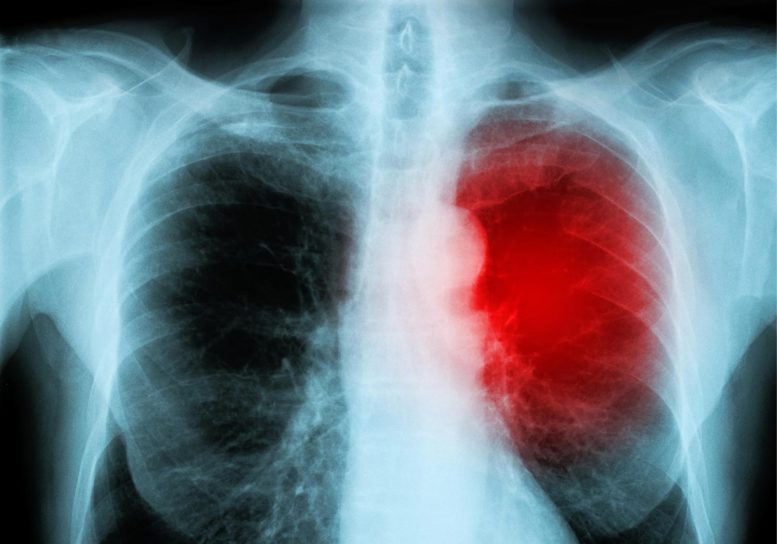
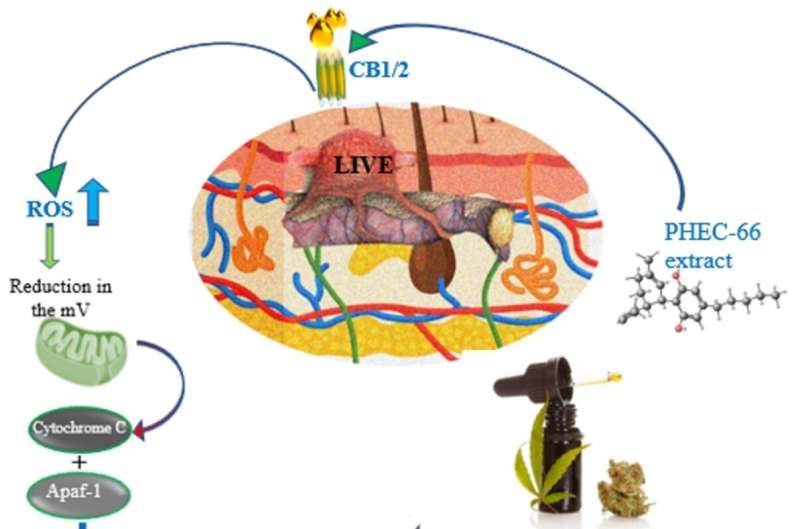


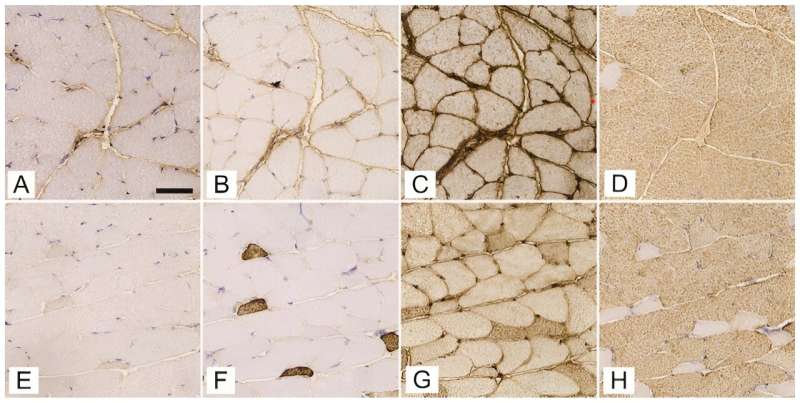
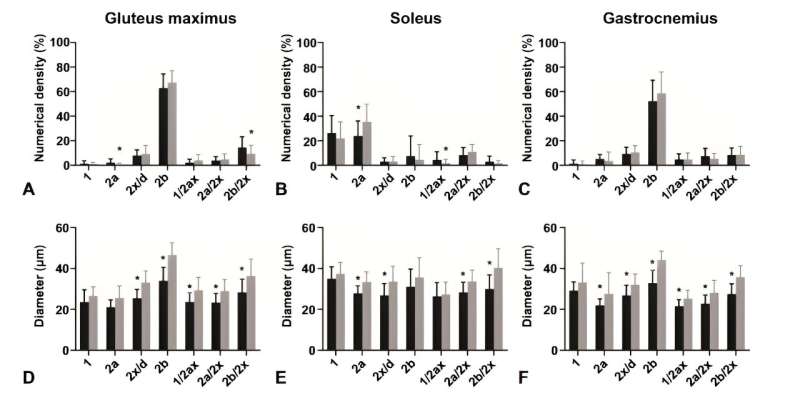
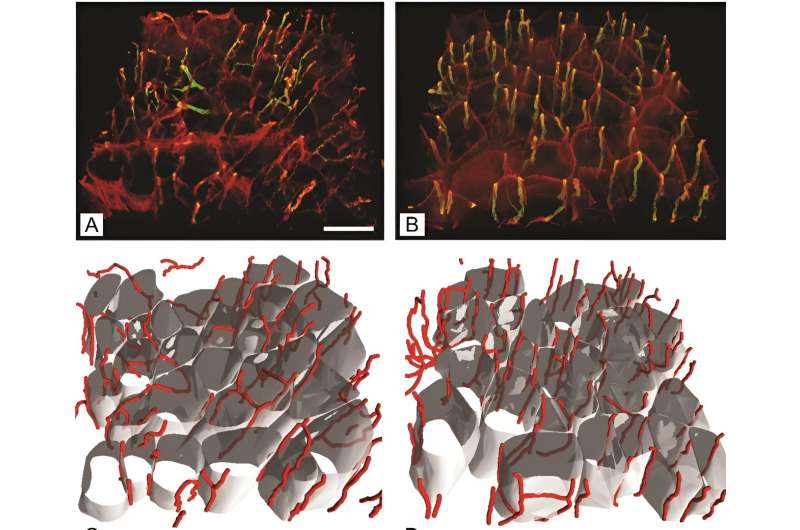
![(A) PET images of [68Ga]Ga-DOTA-ZCAM241 uptake at baseline and 3, 7, and 12 days after injection as inflammatory arthritis developed in single representative individual mouse. Images are normalized to SUV of 0.5 for direct comparison between time points. (B) CD69 immunofluorescence Sytox (Thermo Fisher Scientific) staining of joints of representative animals during matching time points. Credit: E. Puuvuori and Y. Shen, et al, Uppsala University, Uppsala, Sweden and Karolinska Institutet, Solna, Sweden New PET tracer detects inflammatory arthritis before symptoms appear](https://scx1.b-cdn.net/csz/news/800a/2024/new-pet-tracer-detects.jpg)